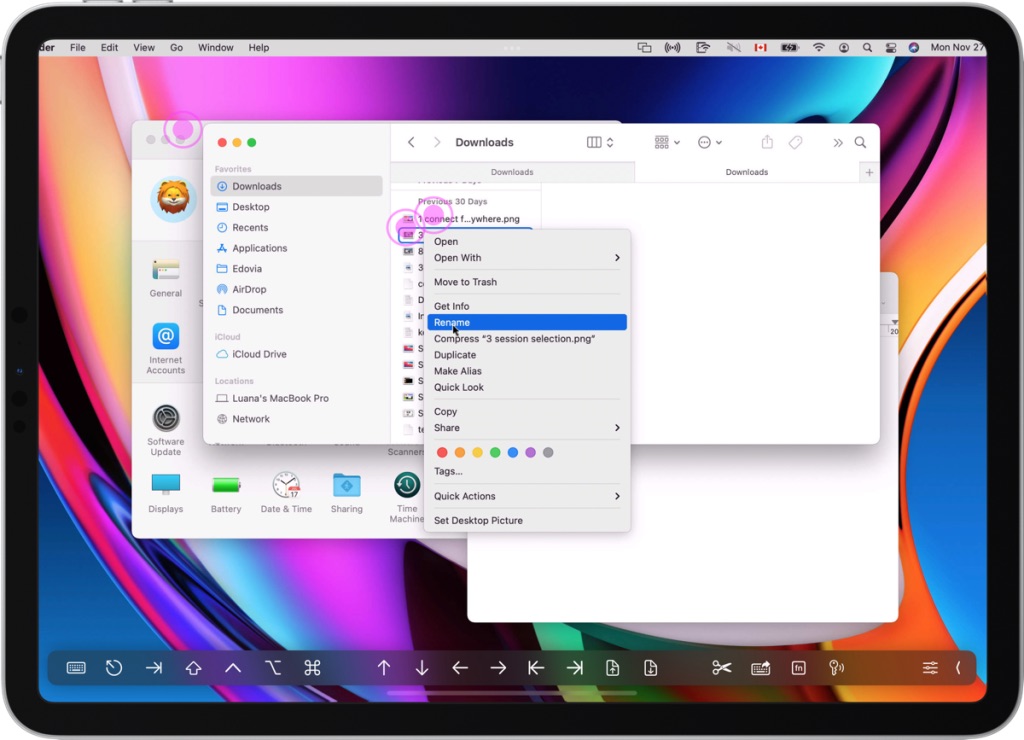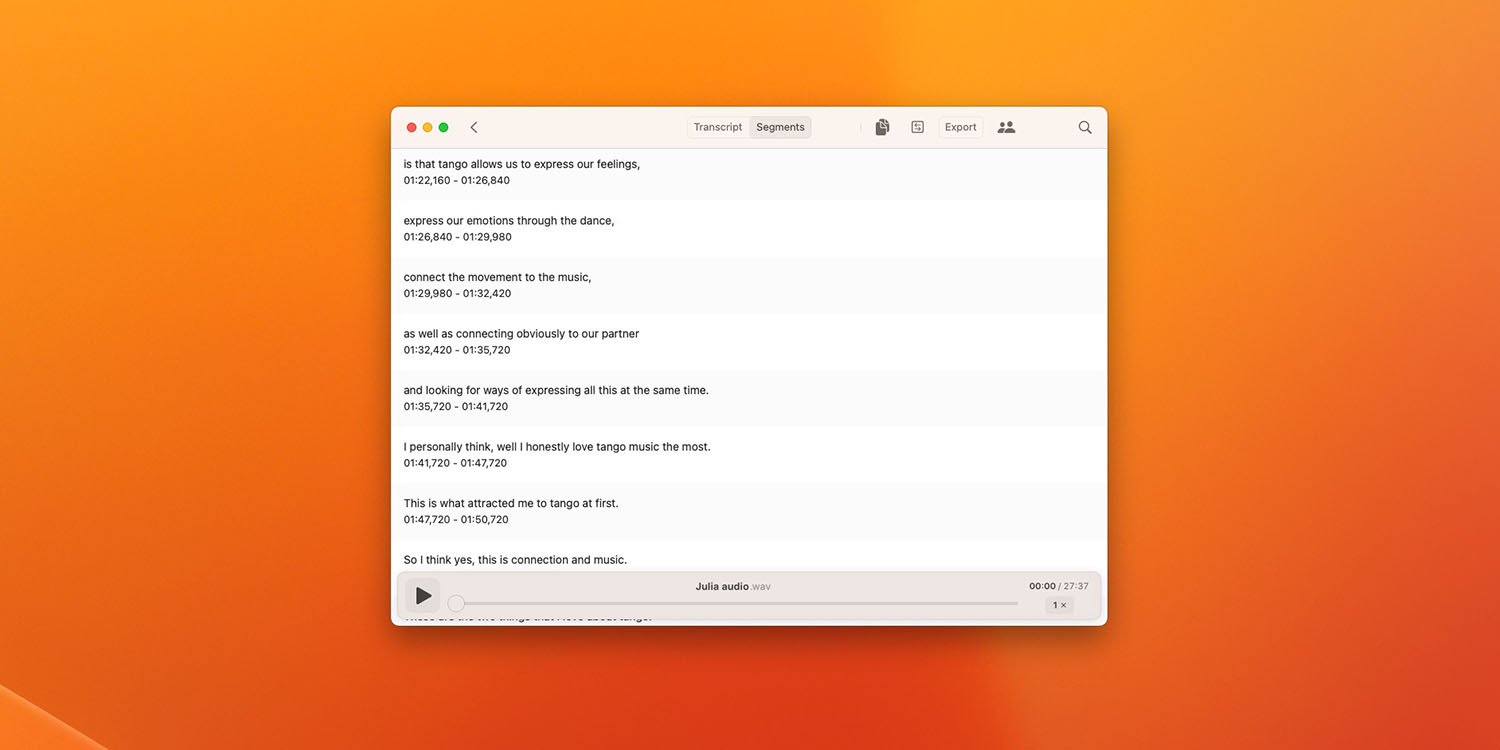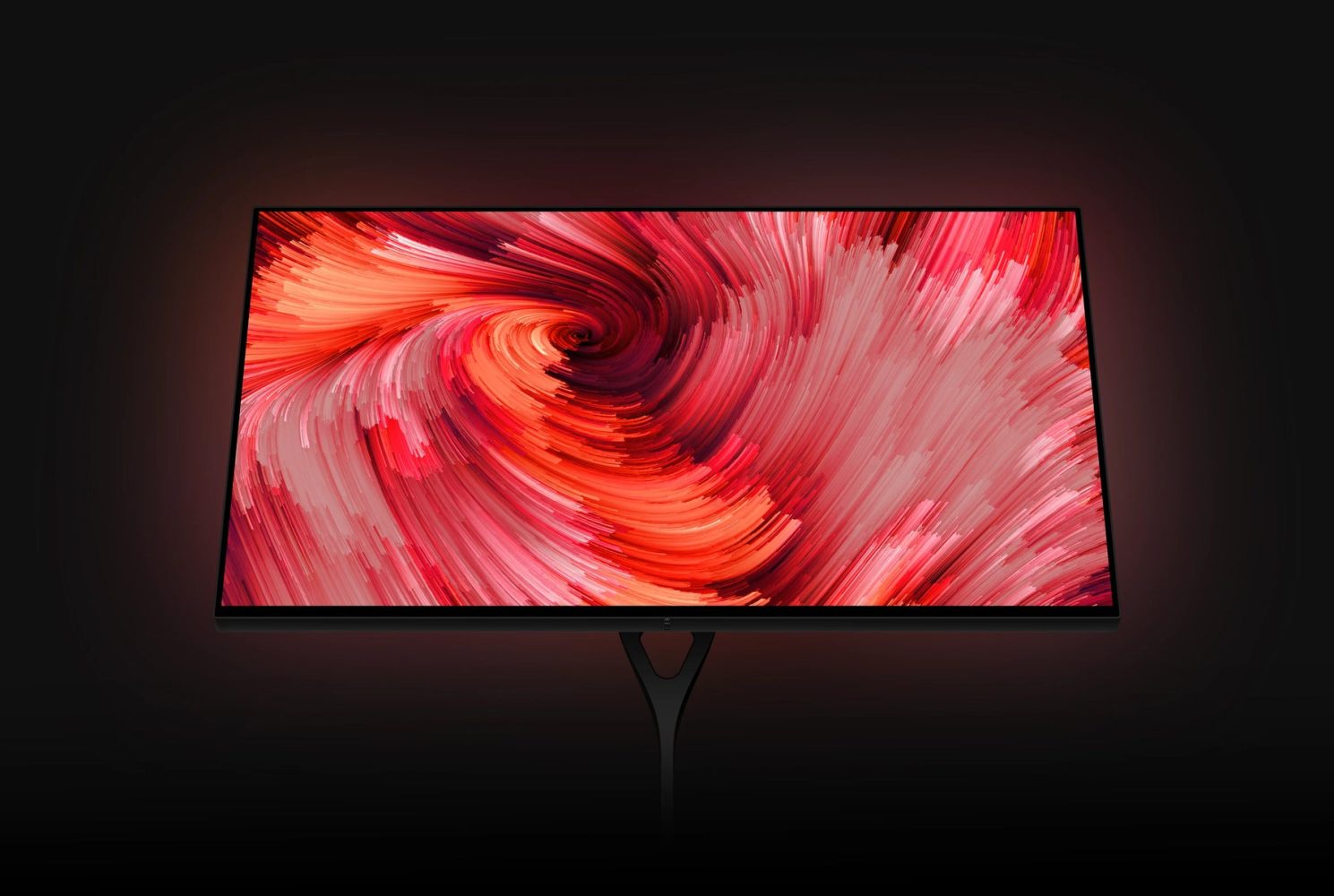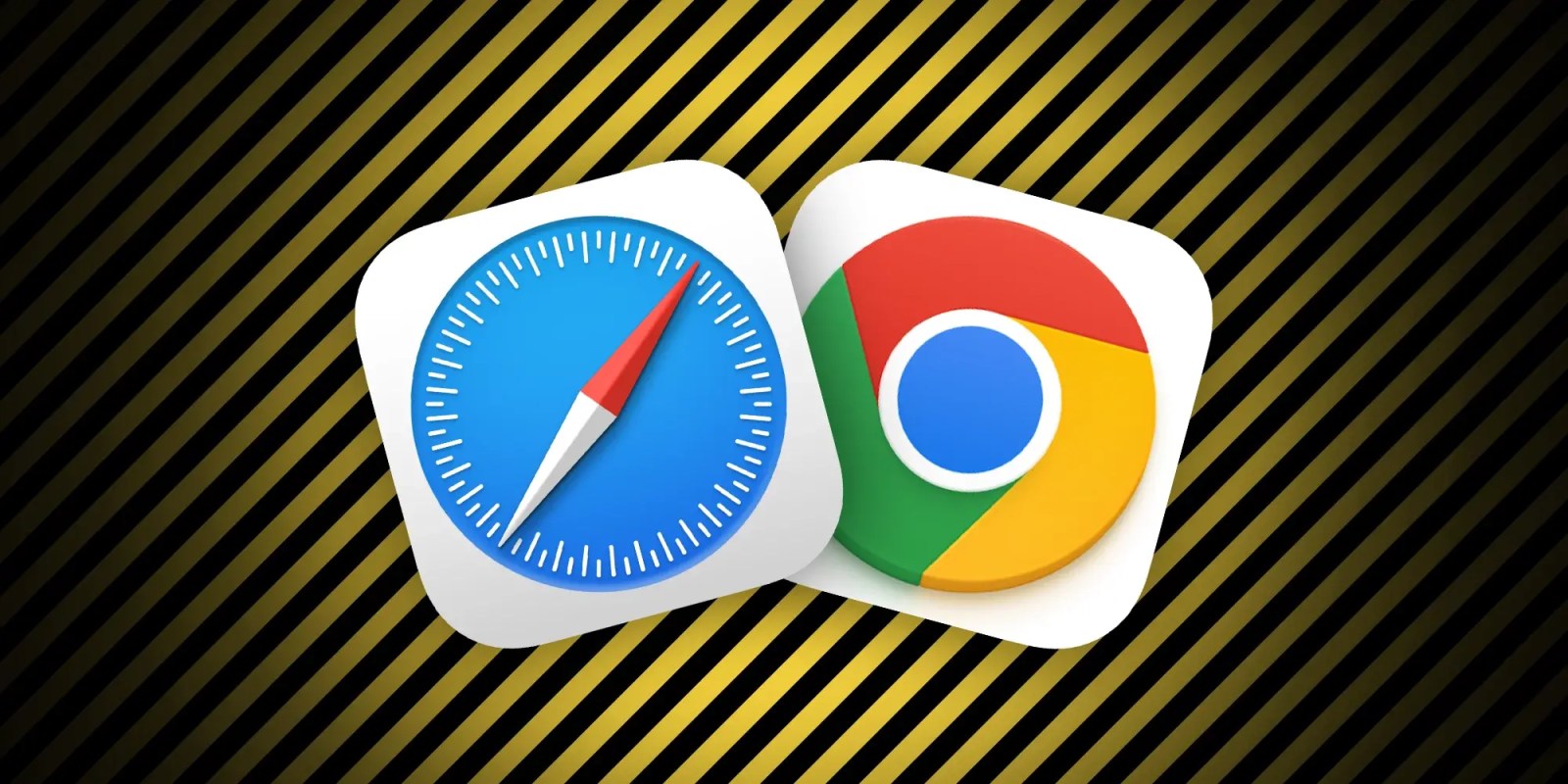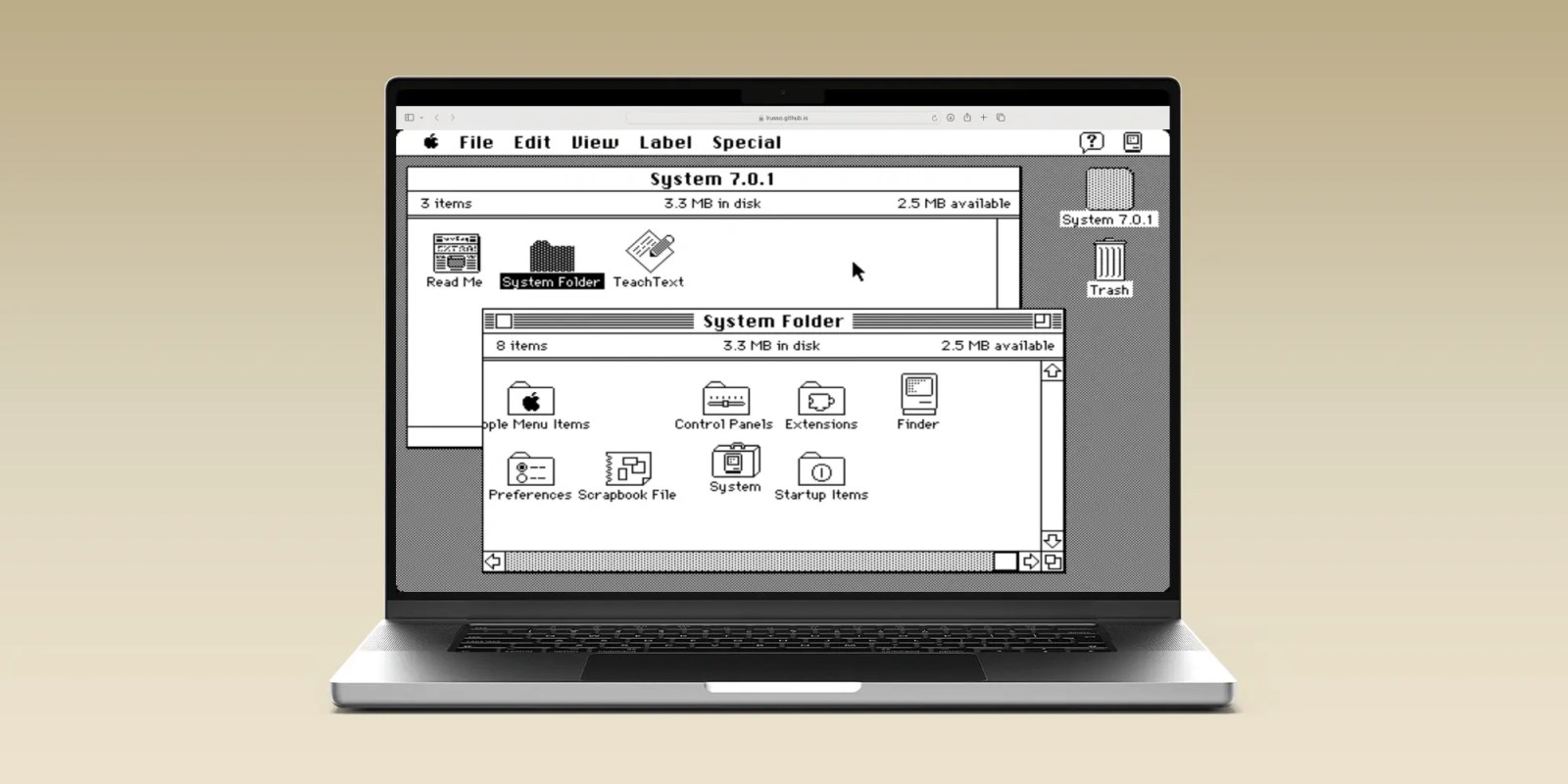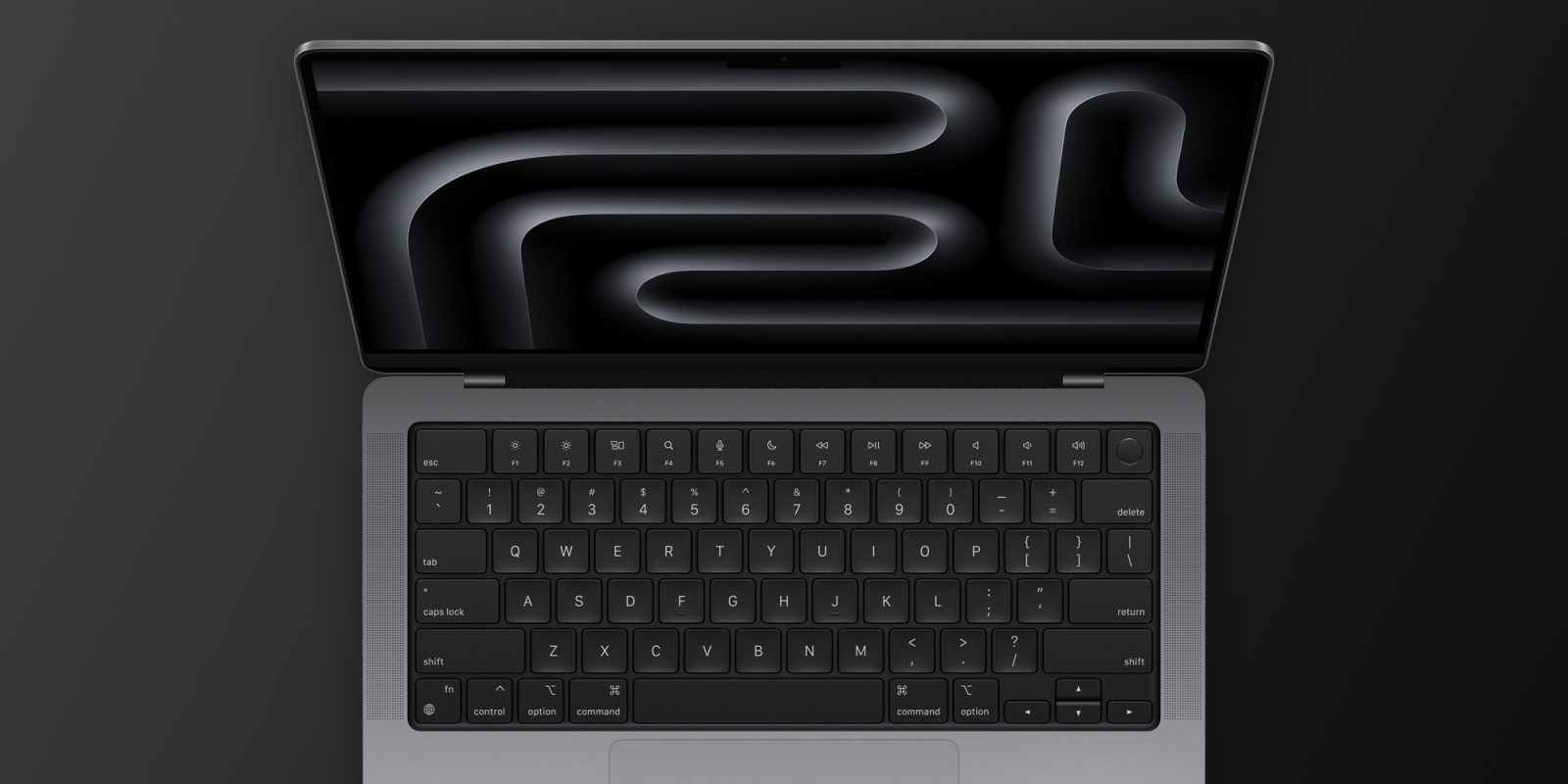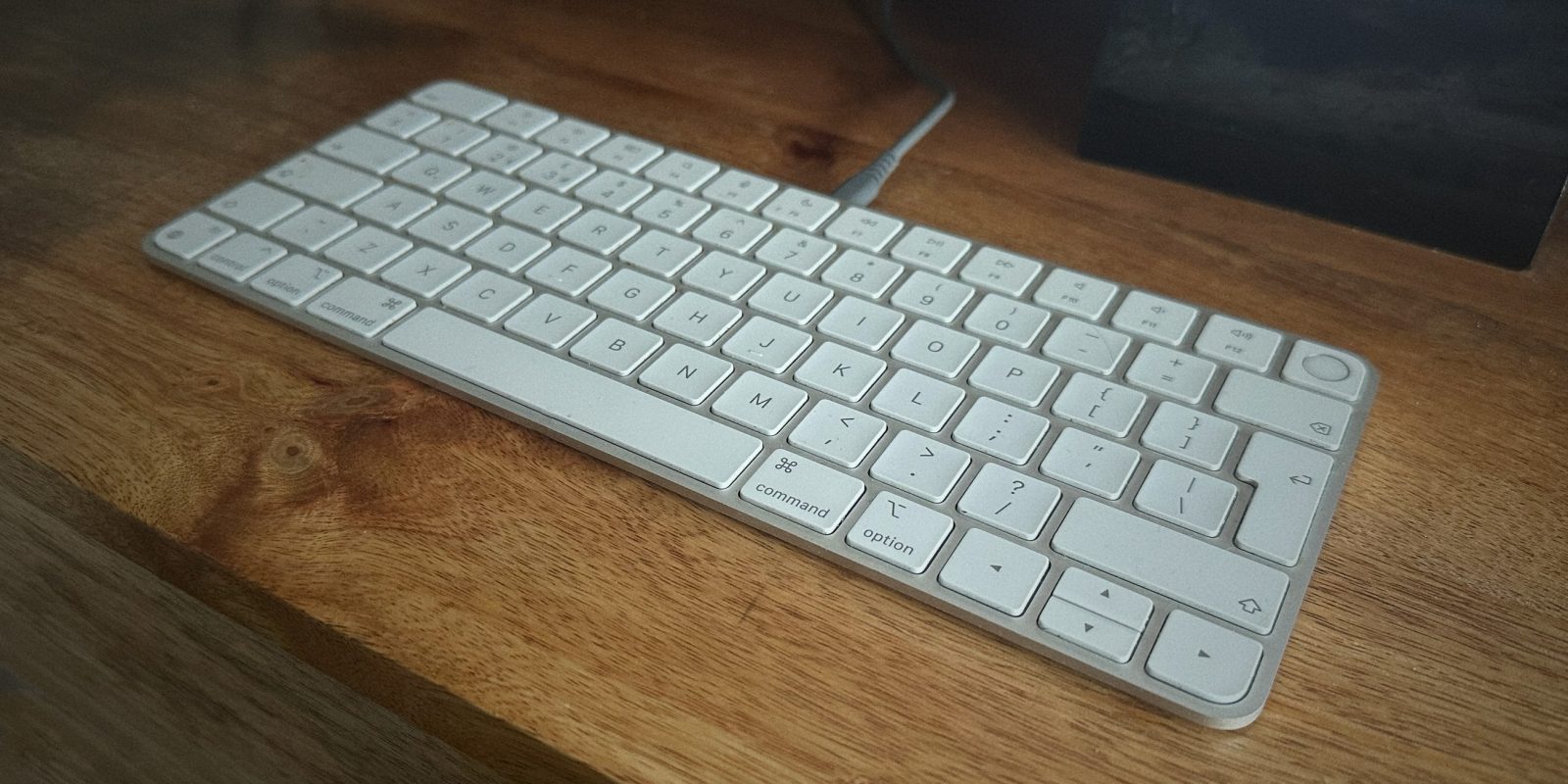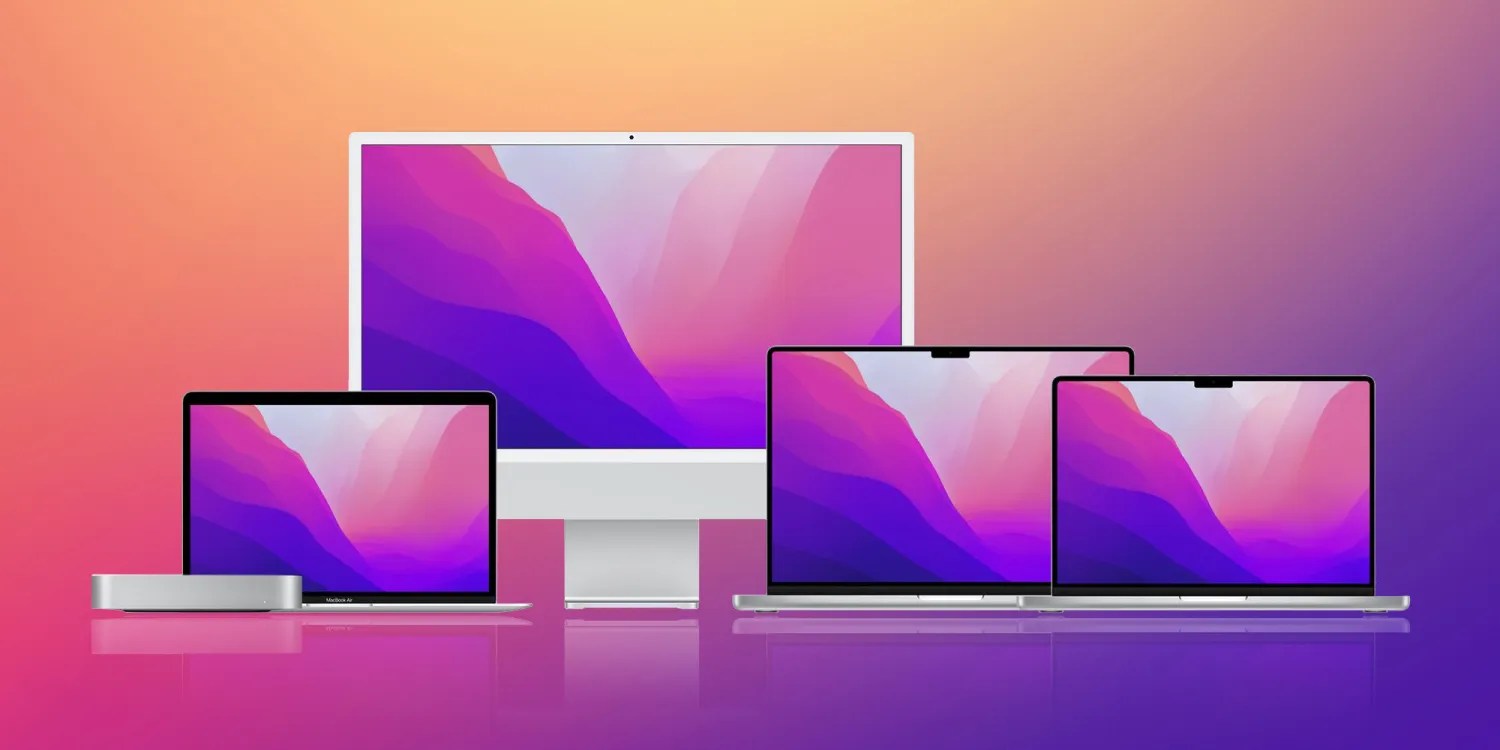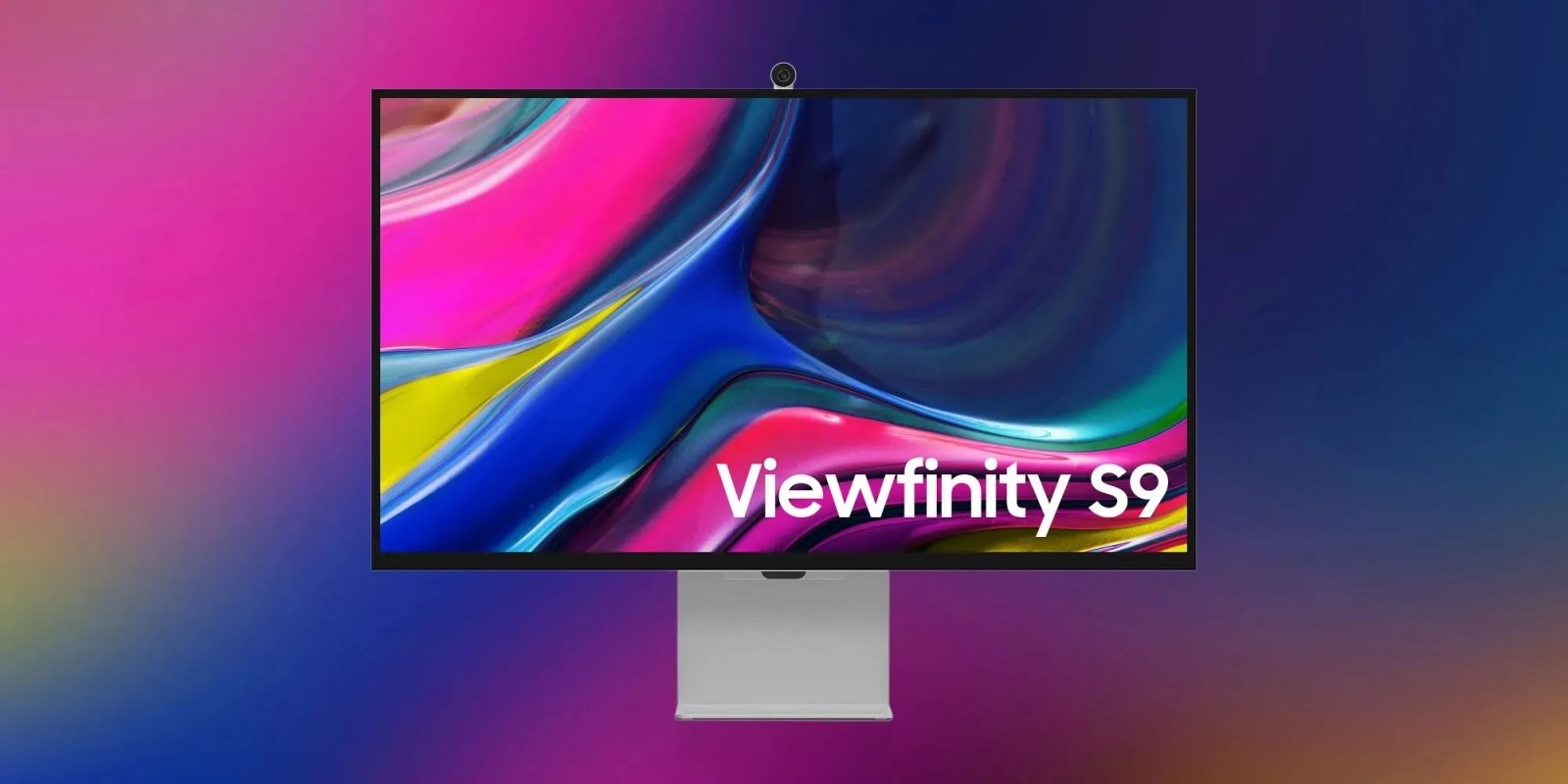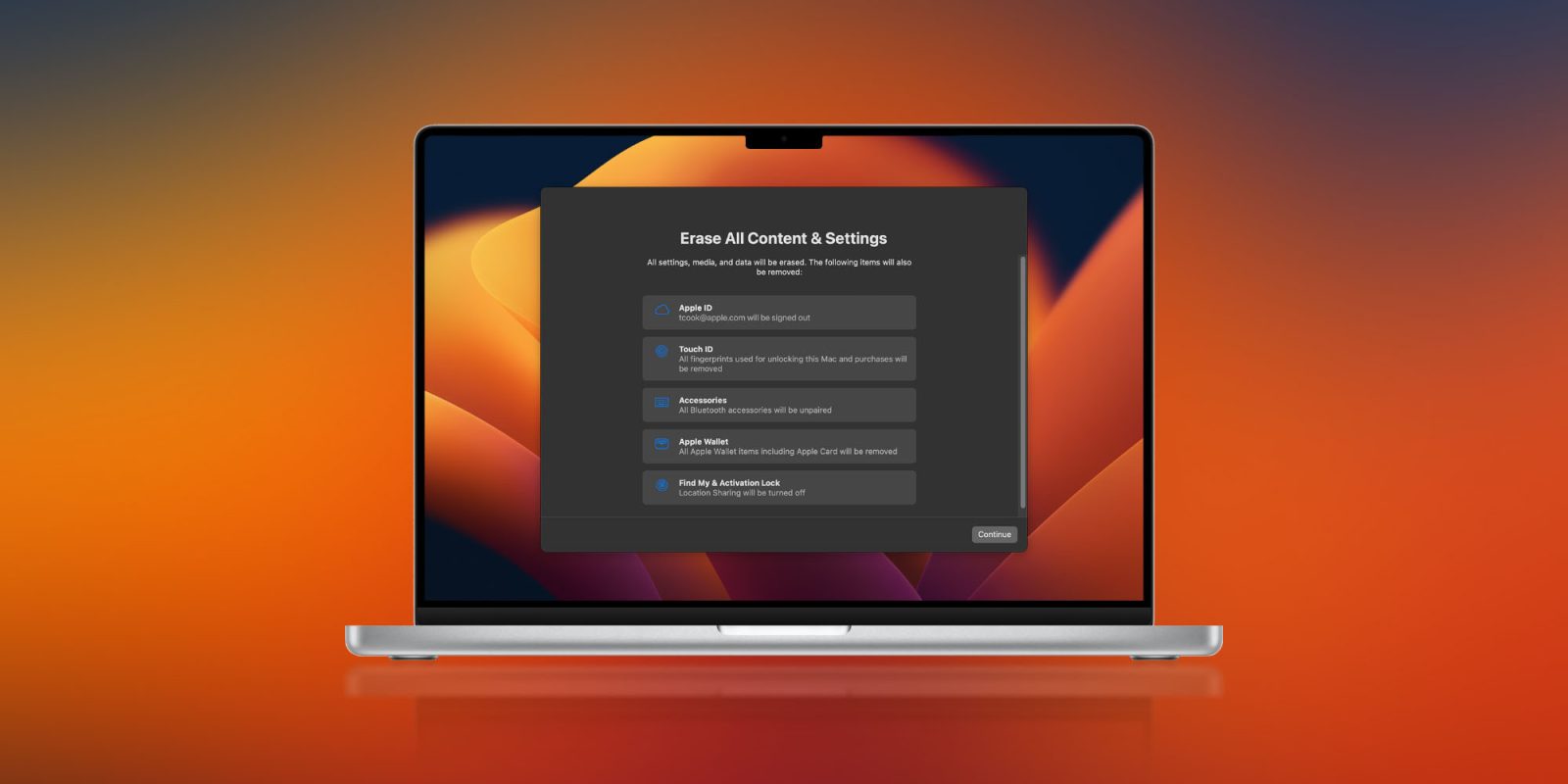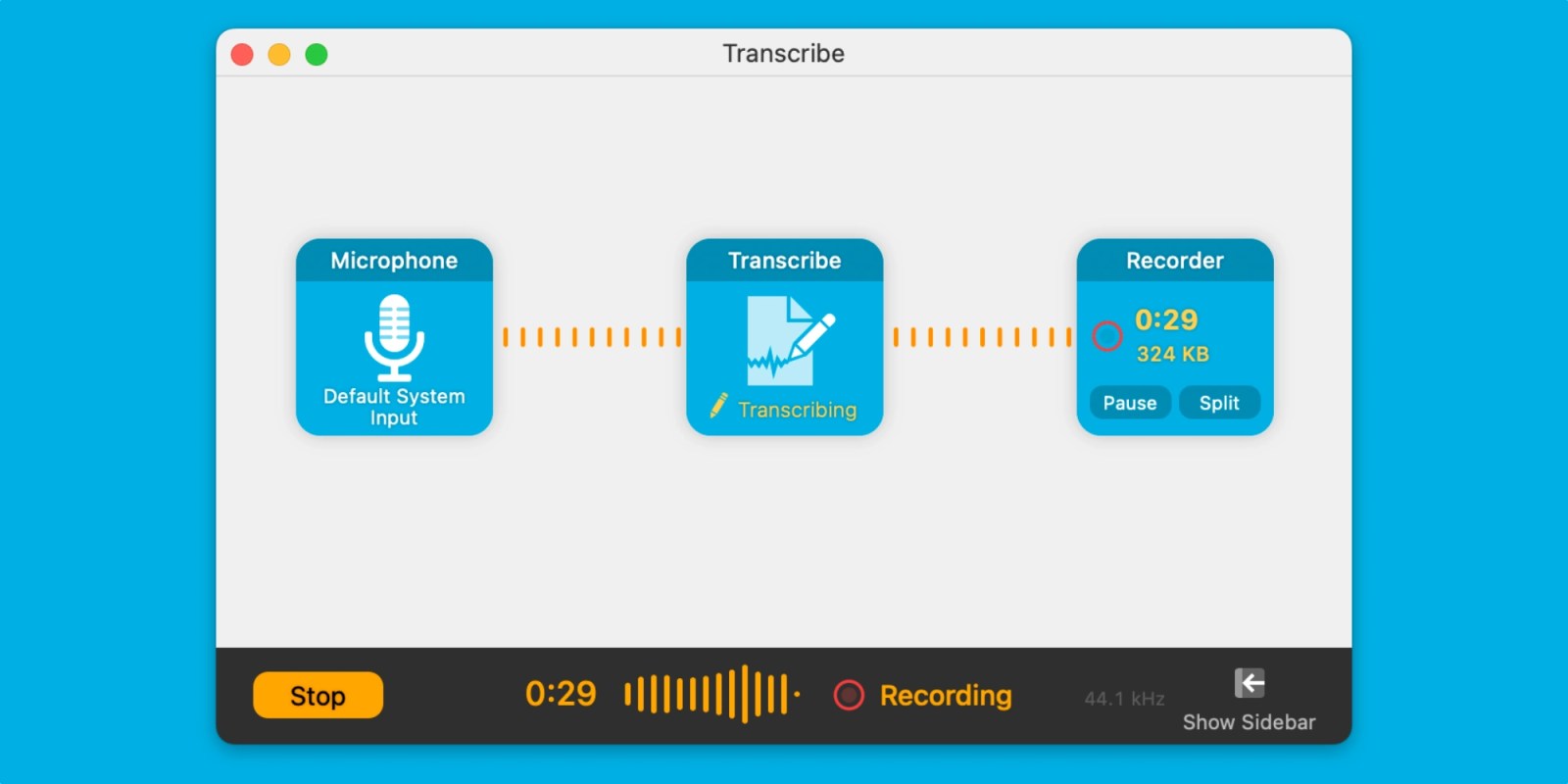Mac
Apple’s Mac lineup consists of MacBook, MacBook Air, MacBook Pro, iMac, Mac Pro, and Mac Mini. The Mac runs macOS for its operating system.

Table of contents
History
The Mac is Apple’s lineup of computers, and it can be considered the company’s oldest product. The name “Mac” comes from the original Macintosh, which was introduced in 1984 and is also considered the first personal computer for the masses to have a graphical user interface. The first Macintosh hit the stores on January 24, 1984, costing $2,945.
Among all these years, Apple has introduced many different Mac models, ranging from desktops to laptops to professional tower machines. The current lineup consists of the MacBook Air, MacBook Pro, Mac mini, iMac, and Mac Pro. However, there have been other Mac models were discontinued, such as the eMac, MacBook, and iMac Pro.
The history of modern Macs began in 1998, a year after Steve Jobs returned to Apple. Apple had dozens of Macintosh computers at that time, but Steve decided to rethink the entire lineup. In 1998, Apple announced the iMac G3, which ditched the floppy disk and serial ports in favor of USB connectors.
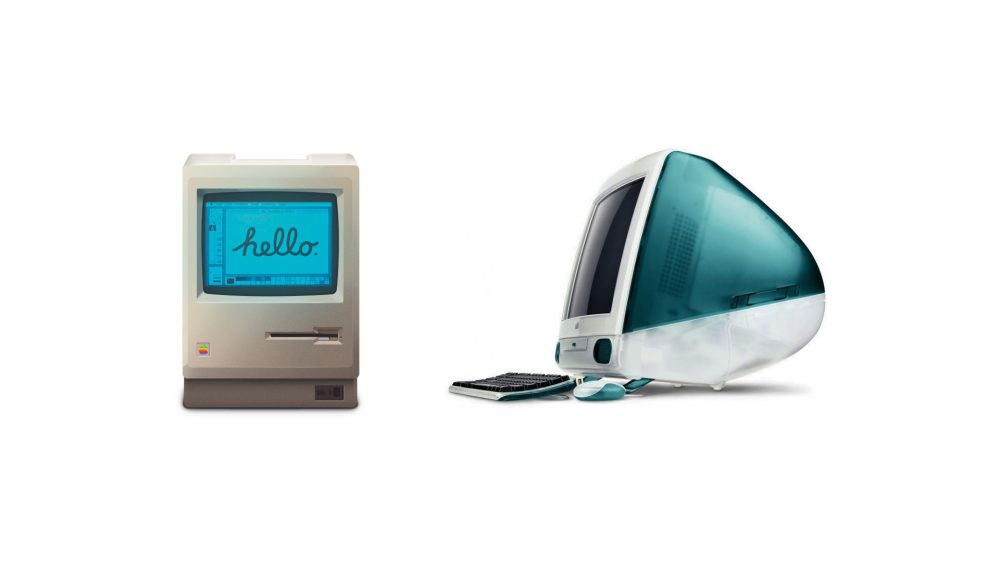
Unlike the Macintosh, the first iMac was considered a huge success — not only for its technology, but also for its unique design with colorful translucent plastic. Apple quickly expanded the Mac lineup with other models, which included the iBook and PowerBook (which became the MacBook and MacBook Pro) and the PowerMac, which is now the Mac Pro.
macOS
What makes a Mac the Mac is the macOS operating system, which has also had a long history since the introduction of the first Macintosh. Initially called Mac OS, the operating system was rebuilt when Steve Jobs returned to Apple.
The first version of Mac OS X was released on March 24, 2001 with a new interface that is still present in some ways in current versions of macOS. Apple’s desktop operating system comes with many free applications such as Pages, Keynote, Numbers, iMovie, and GarageBand.
With macOS, users also have access to deep integrations with other Apple devices. For instance, you can answer calls and send SMS from your iPhone using your Mac. Handoff lets you switch from one device to the other and pick up where you left off. Apple Watch users can unlock their computer without entering a password, and you can even copy and paste between devices.

Apple’s desktop operating system is also integrated with services offered by the company, such as iCloud, Apple Music, and Apple TV+.
The current version of macOS is macOS Monterey (version 12), which features Focus mode for notifications, Portrait mode in FaceTime, Live Text, iCloud+, SharePlay, redesigned Safari, and more. Other new features include the Shortcuts app for the first time on macOS, AirPlay to Mac, on-device dictation, and Spatial Audio for AirPods users.
Architecture Transitions
The Mac has had three major architecture transitions in its history. Apple’s first computers ran on Motorola processors, but the company decided to migrate to the new PowerPC platform in 1994. While this brought benefits at the time, the PowerPC processors were not delivering what Apple expected.
It was in 2005 that Apple confirmed the transition from PowerPC to Intel. Intel processors had become faster and more efficient than PowerPC, which enabled the development of new Mac computers that were more powerful and also more compact. Developers have been given access to a Developer Transition Kit running Mac OS X Tiger with Intel Pentium 4 to update their apps before the transition begins.

Apple said that the transition would begin in June 2006 and be finished by the end of 2007. However, the transition to Intel was fully completed in August 2006 when the company replaced the PowerMac with the new Intel Mac Pro.
As the years went by, Apple once again felt the need to have more powerful and efficient processors for its computers. This time, the company was already working on its own chips for the iPhone and iPad. In June 2020, Apple confirmed that it was changing the architecture of the Mac, now from Intel to ARM chips, which are called Apple Silicon.
Apple offered a Mac mini DTK running on the same A12Z Bionic chip as the 2020 iPad Pro. This way developers could once again update their apps ahead of the transition. In addition to being more powerful and energy efficient, the ARM architecture of Apple Silicon chips has enabled Macs to run iOS apps for the first time.

The first Apple Silicon Macs were released in November 2020 with the M1 chip, and Apple says the transition should be completed by 2022.
In October 2021, Apple introduced the M1 Pro and M1 Max chips, which deliver even more performance than M1. The new M1 Pro chip features a 10-core CPU, 16-core GPU, and can be configured with up to 32GB of RAM. The M1 Max chip has a 32-core GPU and can be configured with up to 64GB RAM.
To complete the M1 family, Apple announced in March 2022 the new M1 Ultra chip. It combines two M1 Max chips working together as one, featuring a 20-core CPU and up to 64 GPU cores.
Current Mac lineup
Apple currently sells a variety of Mac computers, which includes MacBooks, Mac mini, iMac, and Mac Pro. While some of the Macs have already been updated with an Apple Silicon chip, others remain with Intel processors.
MacBook Air
The MacBook Air is Apple’s most affordable laptop and it has become popular for its light, compact design. The 2022 version is powered by the M2 chip and is offered with 8GB, 16GB, or 24GB of RAM. Plus, it has a new, edge-to edge 13.6-inch Retina display.
Unlike the 13-inch MacBook Pro, the MacBook Air has a Magic Keyboard with function keys and no Touch Bar (but it has Touch ID). The laptop has two Thunderbolt 3 compatible USB-C ports, a MagSafe connector for charging, and a headphone jack. Prices start at $1199 in the US. It’s offered in silver, space gray, starlight, and midnight.

Apple is still selling the M1 MacBook Air for prices starting at $999.
MacBook Pro
There are currently three different versions of the MacBook Pro, which are the 13-inch MacBook Pro, the 14-inch MacBook Pro, and the 16-inch MacBook Pro.
The 13-inch MacBook Pro with M2 is only available with 8GB, 16GB, and 24GB of RAM. It still features the Touch Bar and has only two USB-C/Thunderbolt ports, in addition to the headphone jack. The Retina LCD display supports wide color gamut (DCI-P3) and up to 500 nits brightness. Available in silver and space gray, prices start at $1299.
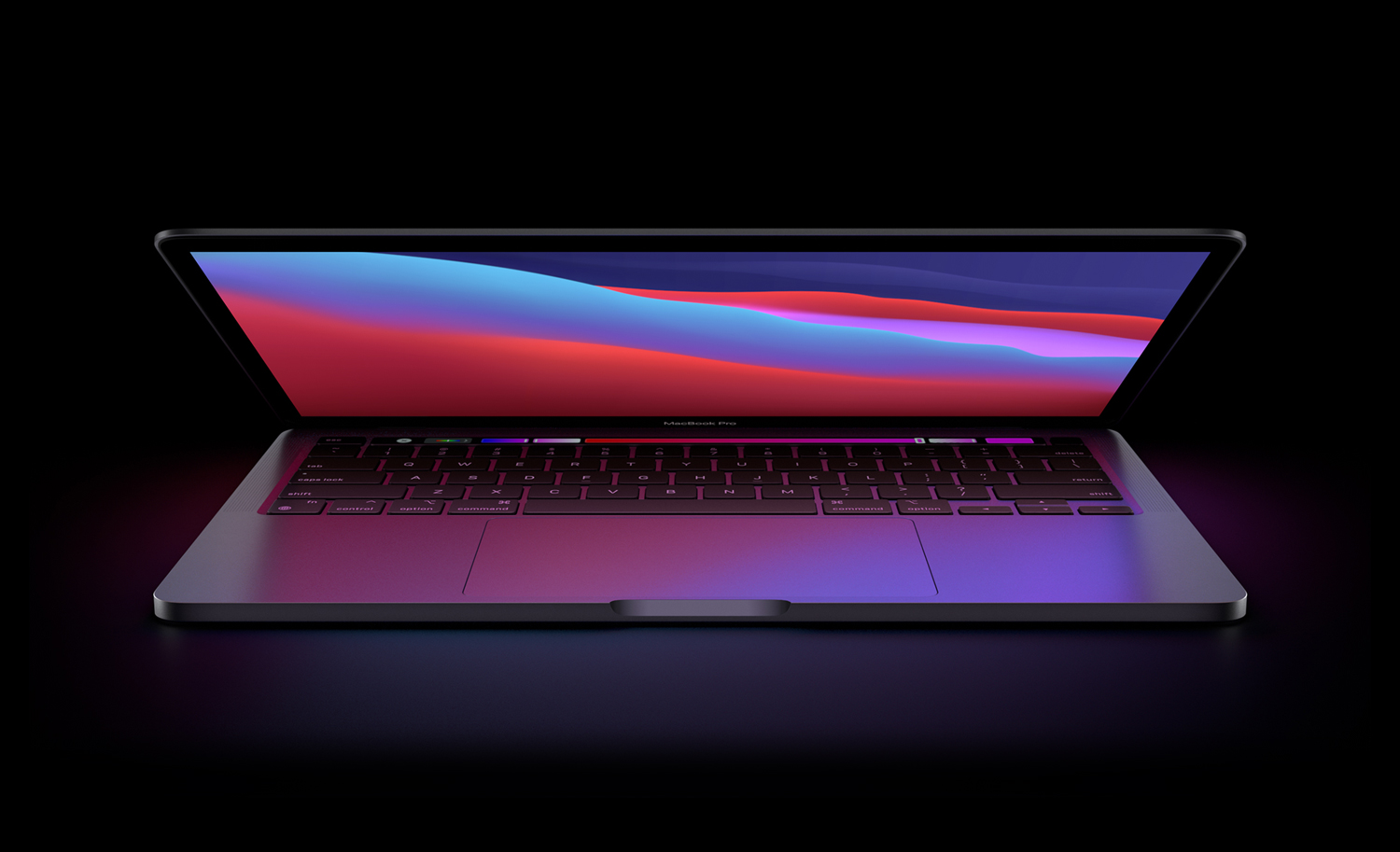
There’s also the 14-inch and 16-inch MacBook Pro with the new M1 Pro chip. Both models feature new edge-to-edge Mini-LED display that also supports ProMotion for refresh rate up to 120Hz. The Touch Bar has been replaced by the classic function keys on these models.
The new 2021 MacBook Pro features an all-new design that is thicker, but comes with more ports. There are three USB-C/Thunderbolt ports, HDMI port, SD card slot, MagSafe, and the headphone jack. Customers can upgrade both models with the M1 Max chip for more powerful graphics.
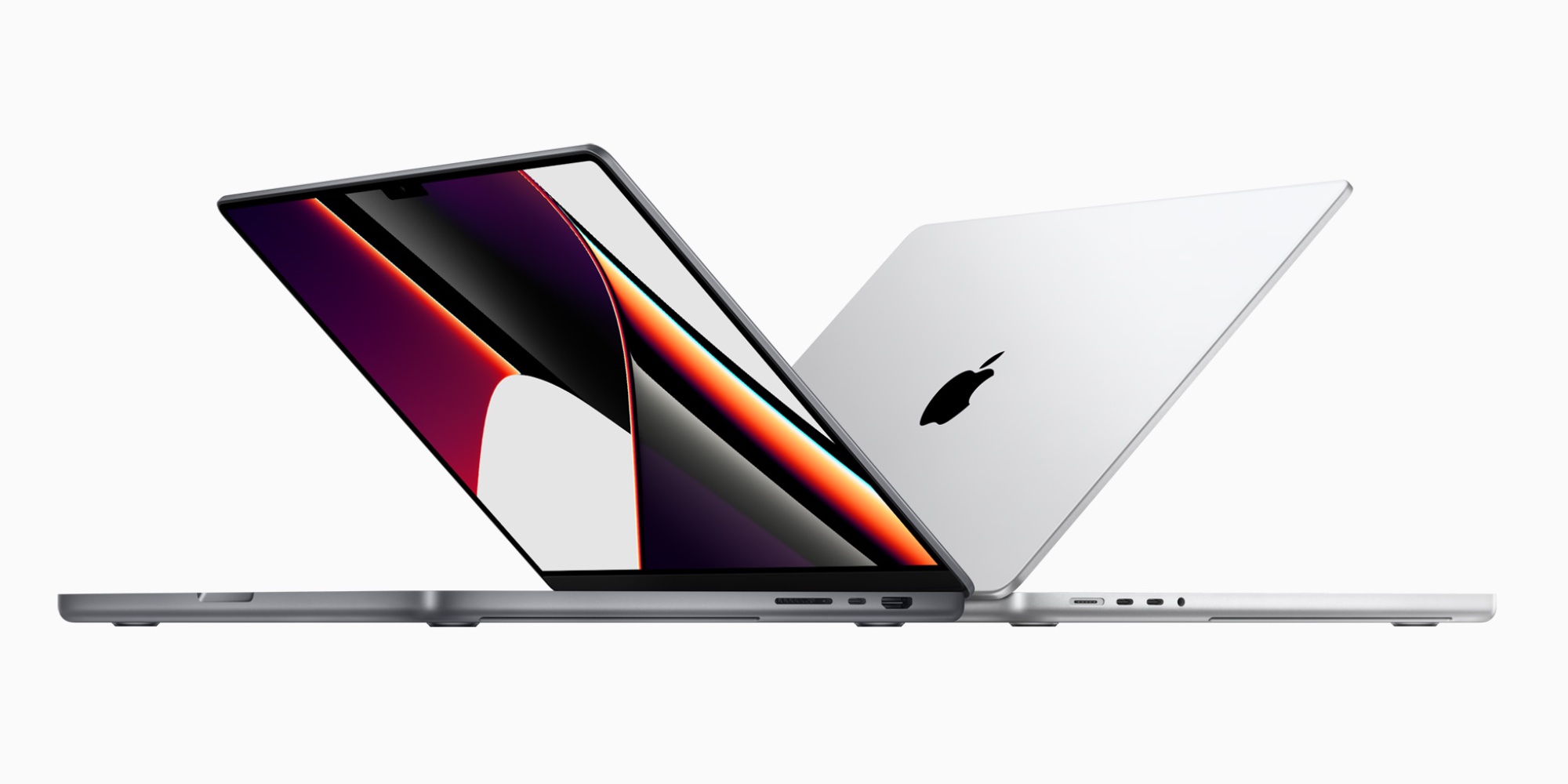
Despite having a notch, these Macs lack a TrueDepth camera for Face ID. Still, the new sensor records video in 1080p.
Prices start at $1999 for the 14-inch version and $2499 for the 16-inch version, and they come in silver and space gray.
Mac mini
Mac mini is the cheapest Mac currently available since it’s basically a desktop without a built-in display or other peripherals. The current generation was introduced in November last year with the M1 chip and a starting price of $699 in the US.
It features one Ethernet port, two USB-C/Thunderbolt 3 ports, HDMI 2.0, two USB-A ports, and a headphone jack. Thanks to the HDMI 2.0 port, Mac mini is the only M1 Mac that supports multiple external displays. It’s also the only M1 Mac with regular USB-A ports.

The M1 version is offered with 8GB or 16GB RAM, but Apple still offers an Intel version that can be configured with up to 64GB RAM. The M1 Mac mini is only available in silver, while the Intel model is only available in space gray. Apple is expected to update Mac mini with a new Apple Silicon chip and a refreshed design in 2022.
Mac Studio
Mac Studio represents a new category between Mac mini and Mac Pro. It features a design based on the Mac mini, but with a taller body to support the more powerful hardware and also a better cooling system.
By default, Mac Studio already comes with the M1 Max chip, the same one found in the high-end models of the 2021 MacBook Pro. A more expensive option lets users customize Mac Studio with M1 Ultra. The machine offers up to six Thunderbolt ports, 10 Gigabit Ethernet, headphone jack, two USB-A ports, and one HDMI port.
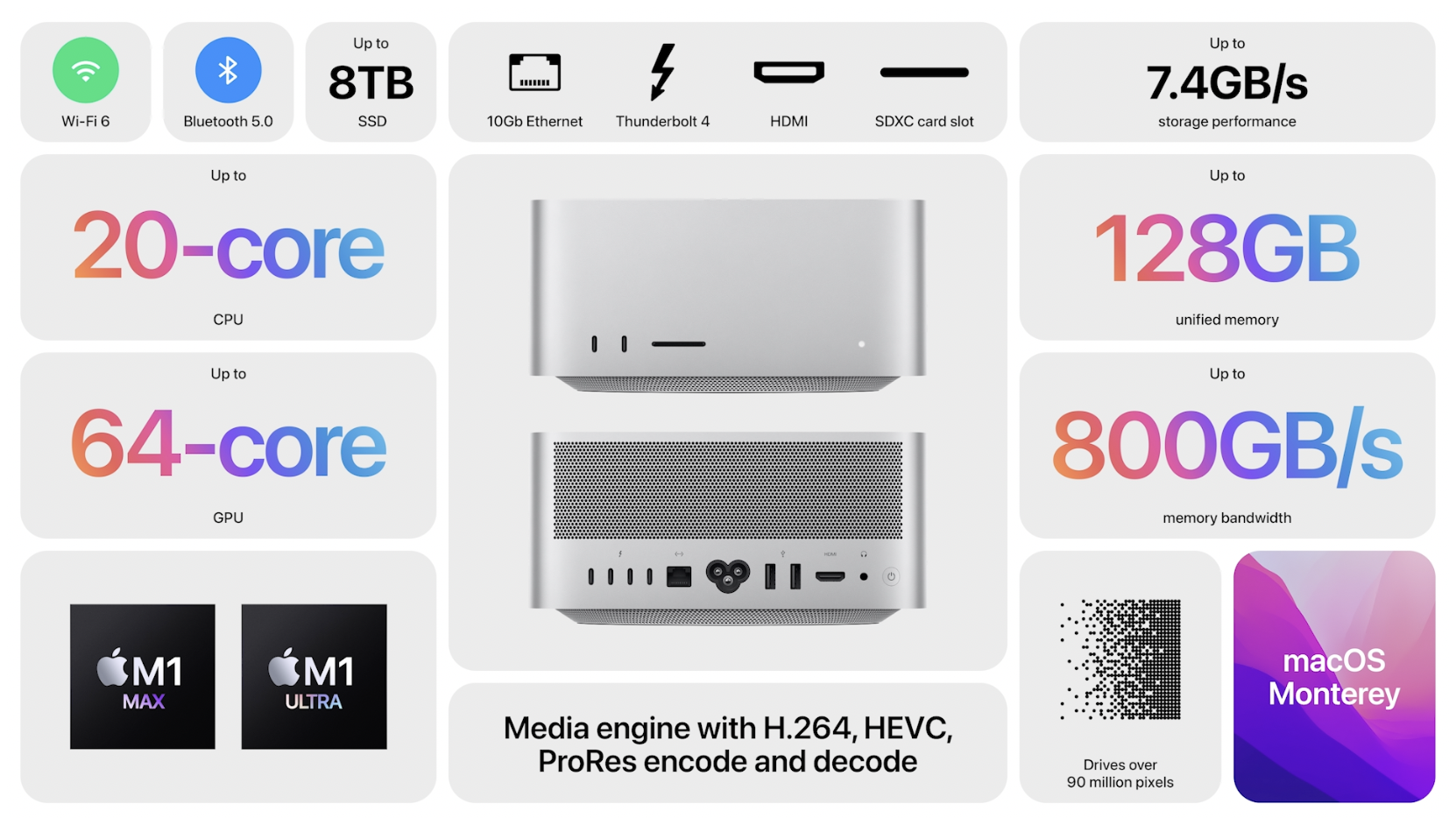
In the US, prices for the Mac Studio with M1 Max chip start at $1999. The M1 Ultra chip version starts at $3999.
iMac
iMac is Apple’s most popular desktop computer with an all-in-one construction. It features a 4.5K display in its 24-inch version and a 5K display in the 27-inch version. At the same time, Apple still sells an entry-level iMac with a regular 1080p display.
The 24-inch iMac is the first to feature the M1 chip, the same as in the Mac mini, MacBook Air, and MacBook Pro. This allowed Apple to introduce a completely redesigned model with a slimmer design, which is also offered in seven new colors. Customers can customize the new 24-inch iMac with up to 16GB of RAM and 2TB of storage.

The company ships the 24-inch iMac with Magic Mouse and Magic Keyboard, plus a Lightning cable for recharging accessories. Prices in the US start at $1299. Apple has discontinued its old 21.5-inch iMac and the 27-inch iMac 5K.
Mac Pro
Mac Pro is a computer built for professional users who depend on extremely powerful hardware. Available in tower and rack versions, it has a completely modular design. That means users can replace RAM, SSD, GPU, and other internal components.
By default, it features four USB-C/Thunderbolt 3 ports, two USB-A ports, and two 10Gb Ethernet ports. However, the ports can be expanded using the PCI Express slots. Apple also ships the computer with a Magic Mouse and Magic Keyboard, but it does not come with an external monitor included.
All models feature Intel Xeon W processors, which are the most powerful processors offered by Intel. Consumers can configure Mac Pro with up to 28-core processor, 1.5TB RAM, and 8TB of SSD storage. In addition to supporting multiple dedicated GPUs, Apple also offers the Afterburner card — which accelerates the decoding of ProRes videos.
The company recently updated the Mac Pro with new graphics card modules, which include Radeon Pro W6800X and Radeon Pro W6900X.
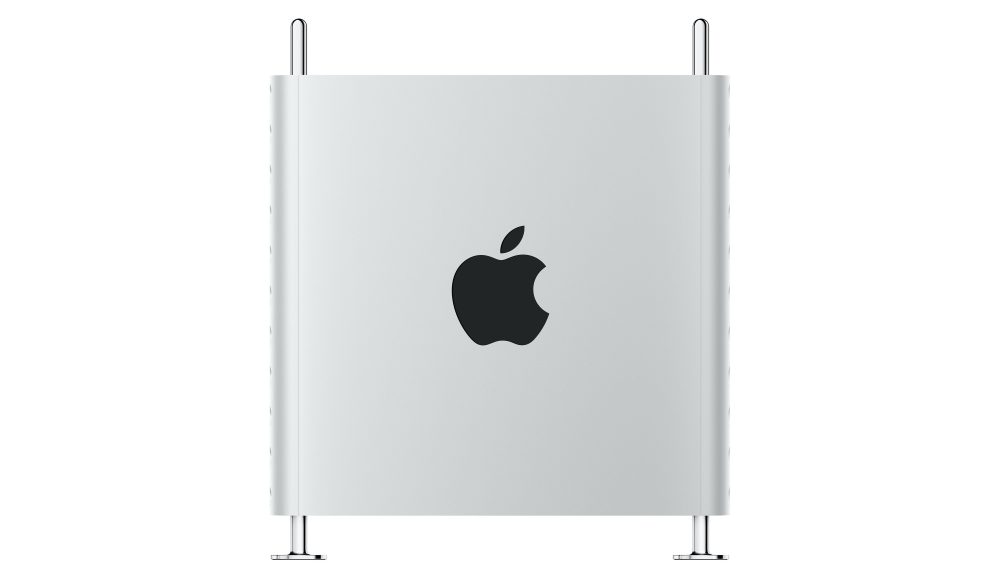
Mac Pro prices start at $5999 in the US. Apple has confirmed that it has been working on a new Mac Pro with an Apple Silicon chip, but there are no details on when it will be announced.
Rumors about upcoming Macs
- Kuo: 14- and 16-inch MacBook Pro to enter mass production in 4Q22, may use 5nm technology
- Bloomberg: Apple planning 15″ MacBook Air, new 12″ MacBook, and MacBook Pro upgrades
- Exclusive: Apple currently has no plans to release a new, larger-screen iMac
- Exclusive: Updated Mac mini to have versions with M2 and M2 Pro chip
Top stories about the Mac
- Apple updates Boot Camp for Intel Macs with WPA3 Wi-Fi support
- Get macOS Ventura: How to install the beta on your Mac
- Difference between MacBook Air and Pro: How the redesigned lightweight MacBook stacks up
- Download the new 2022 MacBook Air wallpapers right here
- macOS 13 Ventura includes new wallpaper, and you can download it right here
